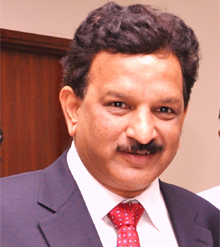Conditions ideal for OPaL launch: Makarand Dixit
Almost three years after its first scheduled commissioning date, ONGC Petro additions Limited (OPaL) — the multi-billion dollar joint enterprise promoted by Oil and Natural Gas Corporation (ONGC) and co-promoted by GAIL (India) Ltd and Gujarat State Petroleum Corporation (GSPC) — appears to be set to commission its mega petrochemical complex. The OPaL complex located in Special Economic Zone (SEZ) of the port city of Dahej in Gujarat houses the country's largest dual feed cracker unit (DFCU), which has a capacity to produce 1.1 million MT/year of ethylene and 400,000 MT/year of propylene. The complex also houses two 360,000 MT/year high-density polyethylene/linear low-density polyethylene (HDPE/LLDPE) swing units, and HDPE and polypropylene (PP) units having capacities of 340,000 MT/year each. Other associated units include a Pyrolysis Gasoline Hydrogenation Unit, Butadiene Extraction Unit and Benzene Extraction Unit. After start-up, OPaL will be able to gradually ramp up its production to 1.1 million MT/year of PE, 340,000 MT/year of PP, 150,000 MT/year of benzene, 115,000 MT/year of butadiene and 165,000 MT/year of pyrolysis gasoline.
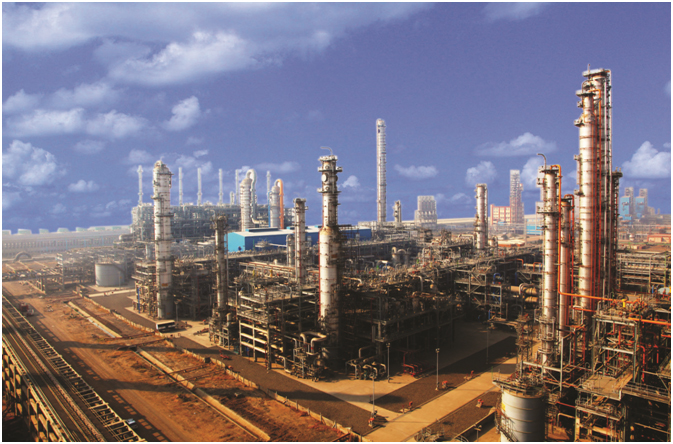
The OPaL Petrochemical Complex
Photo Courtesy: OPaL
OPaL is envisaged to become a leading petrochemical supplier in India and help meet the rising demand for petrochemical products, particularly PE and PP, in the country. The complex will also boost employment in the country, generating about 1,000 permanent and 15,000 direct and indirect jobs. In an exclusive interview with Lekhraj Ghai of POLYMERUPDATE, Mr. Makarand Dixit, Head Marketing – OPaL, addresses queries and concerns pertaining to the mega petrochemical project.
Interview of Makarand Dixit (MD) with Lekhraj Ghai (LG):
|
|
||
| Mr. Makarand Dixit is a postgraduate of Organic Chemistry from Pune University and has done his MBA from Symbiosis Institute of Business Management with Marketing as a specialization. His globetrotting past and ardent book reading has exposed him to various cultures which he beneficially uses in his work and daily life. An avid sports lover - his commitment to team and team work comes straight from the cricket field as he has represented Maharashtra in Ranji Trophy for more than 5 years. | ||
END
For further information, commentary and interviews, please contact us on +(91-22) 61772000 and info@polymerupdate.com
ABOUT POLYMERUPDATE

POLYMERUPDATE is an online destination for the plastics and petrochemical industry, which specializes in providing market-moving information and pricing data on petrochemical products and industrial polymers.Global players seeking polymer market
intelligence rely on the real-time news and price alerts provided on POLYMERUPDATE for making informed business-critical decisions. POLYMERUPDATE covers a whole spectrum of products such as Crude oil, Naphtha, Aromatics, Olefins, Polyolefins and Petrochemical Intermediates. With almost two decades of extensive experience in garnering and providing business-critical content, POLYMERUPDATE has expanded its readership to more than 60 countries in the world and its pricing methodology is considered as a benchmark across South Asia. POLYMERUPDATE interviews and articles are a rich source of information on the latest trends in the chemical and petrochemical industry.
Visit POLYMERUPDATE on the internet at www.polymerupdate.com
Sign up for our newsletters
More like this
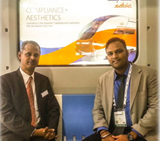
Comprehensive participation key for SABIC's growth in India: Janardhanan Ramanujalu Read More
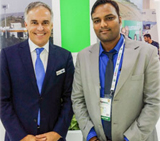
Global growth, global opportunities — An interview with Roelof Westerbeek, President - DSM Engineering Plastics Read More
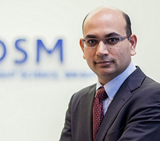
Plastindia Interview Snippets – A Special Feature Read More
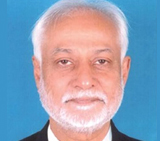
New venue, enhanced opportunities - An interview with Plastindia President Subhash Kadakia Read More
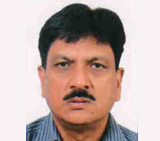
PET for pharma: a boon or a curse? – An interview with PCMA President Biswajit Ghosh Read More
